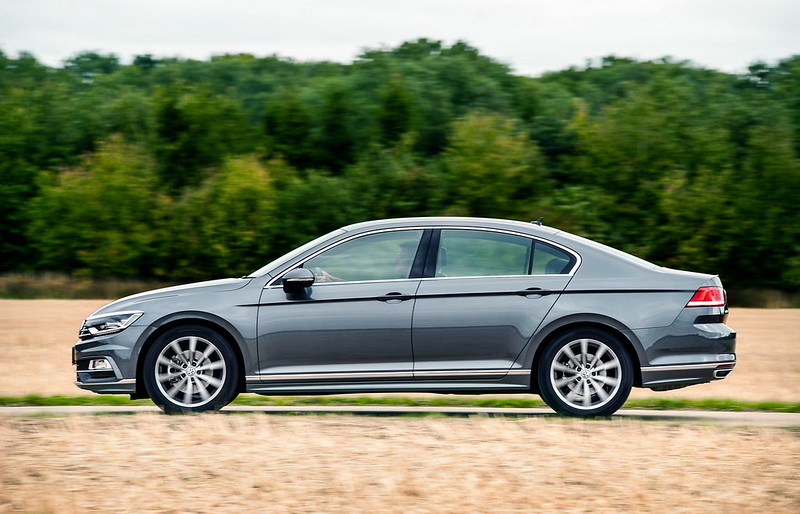Medium Sized SUVs: Features, Prices, and Buying Guide
Medium-sized SUVs have become increasingly popular among American consumers, offering a balance between compact maneuverability and spacious interiors. These vehicles cater to diverse needs, from family transportation to outdoor adventures, making them a versatile choice for many drivers. This guide explores the key features, pricing trends, and essential factors to consider when shopping for a medium-sized SUV, helping you make an informed decision that aligns with your lifestyle and budget.

Why are medium-sized SUVs a popular choice?
Medium-sized SUVs have gained significant traction in the automotive market due to their versatility and practicality. These vehicles offer ample passenger space, typically seating five to seven people comfortably, while maintaining a more manageable size compared to full-size SUVs. Their elevated driving position provides better visibility on the road, enhancing the sense of safety for many drivers. Additionally, medium-sized SUVs often feature flexible cargo areas, making them ideal for families, outdoor enthusiasts, and those who require extra space for their daily activities or occasional road trips.
What features do buyers prioritize in medium-sized SUVs?
When shopping for medium-sized SUVs, buyers often focus on several key features that enhance comfort, safety, and convenience. Advanced safety technologies, such as automatic emergency braking, lane departure warnings, and adaptive cruise control, are increasingly standard in this segment. Infotainment systems with large touchscreens, smartphone integration, and connectivity options are also high on buyers’ lists. Many consumers prioritize fuel efficiency, with hybrid and plug-in hybrid options gaining popularity. Other sought-after features include all-wheel drive capabilities, comfortable seating with easy access to the third row (in models that offer it), and ample cargo space with flexible configurations.
What is the average price range for medium-sized SUVs in 2025?
The pricing landscape for medium-sized SUVs in 2025 reflects a wide range of options to suit various budgets and preferences. Entry-level models from mainstream brands typically start around $35,000 to $40,000, while well-equipped versions of popular models can range from $45,000 to $55,000. Luxury brand offerings in this segment generally begin at $50,000 and can exceed $70,000 for top-tier trim levels with advanced features and premium materials.
| Model Category | Price Range (USD) | Notable Features |
|---|---|---|
| Entry-Level | $35,000 - $40,000 | Basic safety features, touchscreen infotainment |
| Mid-Range | $45,000 - $55,000 | Advanced safety tech, leather seats, larger engines |
| Luxury | $50,000 - $70,000+ | Premium materials, cutting-edge tech, performance options |
Prices, rates, or cost estimates mentioned in this article are based on the latest available information but may change over time. Independent research is advised before making financial decisions.
How can you choose the right SUV for your lifestyle?
Selecting the ideal medium-sized SUV requires careful consideration of your specific needs and preferences. Start by assessing your daily driving habits and typical passenger count. If you frequently travel with a full vehicle, prioritize models with comfortable third-row seating. For those who value performance, look for SUVs with more powerful engines or sport-tuned suspensions. If fuel economy is a priority, explore hybrid or efficient four-cylinder options. Consider your cargo needs, both for everyday use and occasional trips. Test drive multiple models to compare handling, visibility, and comfort. Finally, research reliability ratings and ownership costs to ensure your choice aligns with your long-term budget.
What are the maintenance and long-term ownership costs?
Understanding the maintenance and long-term ownership costs of medium-sized SUVs is crucial for making an informed purchase decision. Regular maintenance typically includes oil changes, tire rotations, and brake servicing. More complex services, such as transmission fluid changes and timing belt replacements, occur at longer intervals but can be more expensive. Fuel costs vary significantly based on the engine type and driving habits, with hybrid models offering potential long-term savings. Insurance rates for medium-sized SUVs tend to be moderate, though they can increase for luxury models or those with high-performance engines. Consider factors like warranty coverage, expected depreciation, and the availability of affordable parts when evaluating long-term costs.
In conclusion, medium-sized SUVs offer a compelling blend of space, versatility, and features that cater to a wide range of drivers. By carefully considering your needs, budget, and the various options available in the market, you can find a model that provides the right balance of comfort, performance, and value for your lifestyle. Remember to factor in both the upfront price and long-term ownership costs to ensure your choice remains satisfying well beyond the initial purchase.




